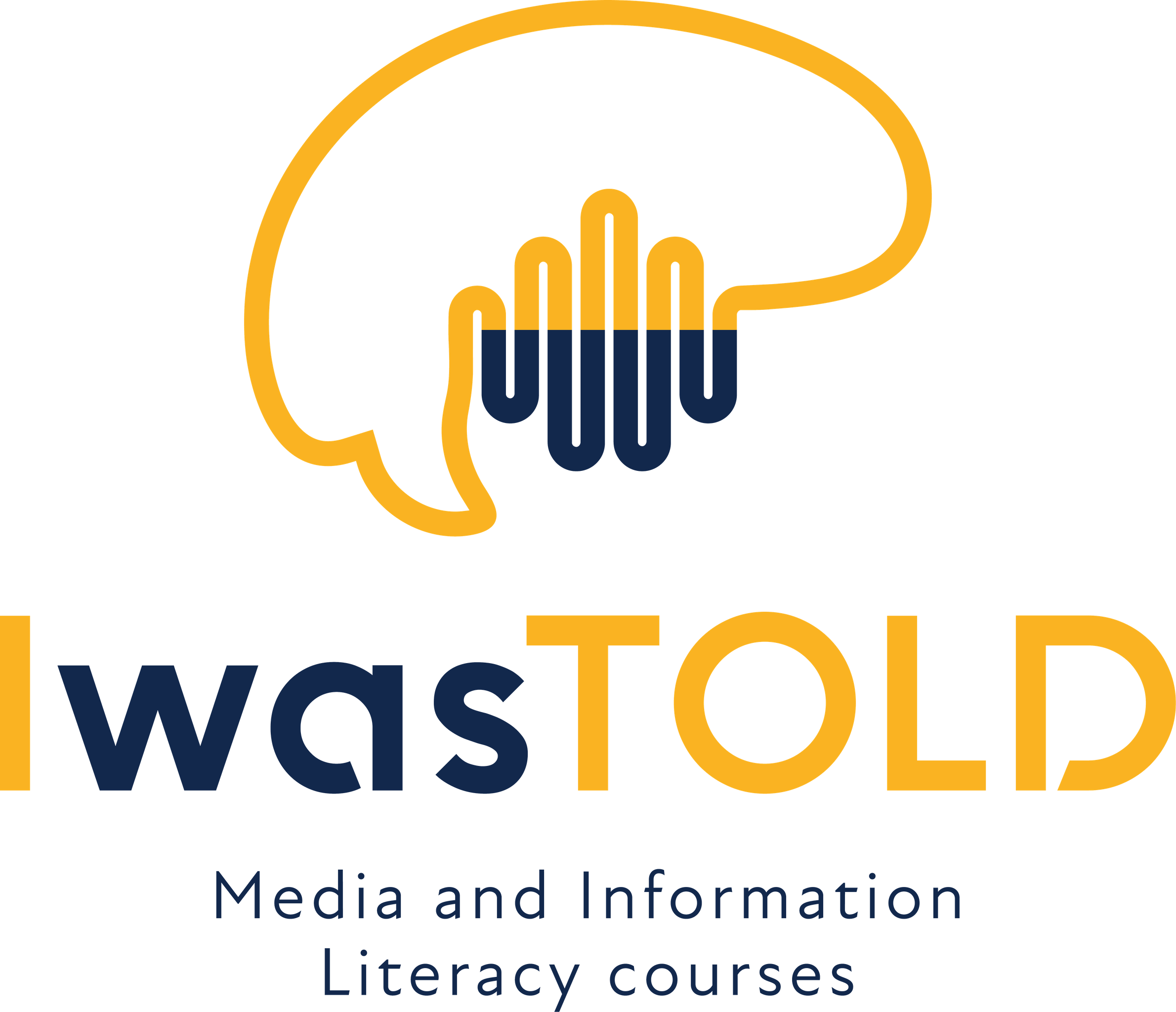3. CLASSICAL AND DATA STORYTELLING
-
Storytelling: narrative structures7 Topics|4 Quizzes
-
Language of media6 Topics|3 Quizzes
-
Storytelling With Data II. – Digital investigations in an era of data-driven journalism7 Topics|4 Quizzes
-
Infographics – Present statistics beautifully7 Topics|3 Quizzes
-
Charts in a website – Hack web developer tools for your stories7 Topics|3 Quizzes
-
Introductory to lesson
-
Creating a website is a personal way to become involved in a subject as well as a creative gesture
-
Make the most compatible as possible subject and aesthetic of your website through Google Sites
-
How be professional and have validity in publication?
-
Final Exercise of the whole lesson
-
Feedback on exercise
-
Additional learning material
-
Introductory to lesson
-
Online GIS6 Topics|2 Quizzes
-
Media analyses8 Topics|4 Quizzes
-
Using Piktochart to create infographics7 Topics|3 Quizzes
Participants14
Summary of the lesson
In the age of advanced digital technologies, media analyses remain one of the most effective tools for discovering mis- and disinformation and distortion of media content, such as fake news. Although it’s needed to use artificial intelligence tools to recognise manipulation techniques such as deep fake, application of competences from the field of media analyses provide first hints that information or media content is or may not be completely accurate. In addition, they help us to better see between (which meanings are encoded) and beyond (what are the real reasons and various influences) the lines of media messages. And first of all, these competences are accessible to basically everyone, even to those who don’t have access to new technologies.
Let’s not look only at media analyses as tools to discover something bad. They are also very much useful for understanding of messages that are hidden in films, theatre plays, pictures, and various visual or auditory pieces of art. Hence they can help us get a new experience when watching or thinking about, for example, our favourite movie. Last but not least, these competences would help you create your own media, making you more aware of what to avoid and what works the best.
The same topic or story can be presented in different ways by various media. This can be caused by various reasons – type of medium, focus on parts of the topic, viewpoint, genre, target groups of the media, or intention to distort the story and manipulate the audience. Other lessons in this online course provided you with relevant competences, but some important topics needed to be included in this one, such as social responsibility of media, some communication theories and models, agenda-setting, customisation, or media regulations. Those also come in handy when diving deeper into the media world and analysing it.
It’s up to everyone to decide, which type of analysis is the most relevant and useful. Whether it’s to be the one that is simple or advanced, focused on one media piece or comparing many of them, this course has been designed to provide overview of the necessary knowledge and support relevant skills and abilities. To provide you with more information, a list of additional useful resources is included at the end.
This course is very much different from the others, as it puts emphasis on practices. Therefore the final exercise will take you more time than the others. But do not worry, you can choose any medium so that it is really beneficial for you. Feel free to go through the theory and do the exercises as many times as you need, and do not hesitate to ask us any questions related to the topics.
Quiz Summary
0 of 7 Questions completed
Questions:
Information
You have already completed the quiz before. Hence you can not start it again.
Quiz is loading…
You must sign in or sign up to start the quiz.
You must first complete the following:
Results
Results
0 of 7 Questions answered correctly
Your time:
Time has elapsed
You have reached 0 of 0 point(s), (0)
Earned Point(s): 0 of 0, (0)
0 Essay(s) Pending (Possible Point(s): 0)
Categories
- Not categorized 0%
- 1
- 2
- 3
- 4
- 5
- 6
- 7
- Current
- Review
- Answered
- Correct
- Incorrect
-
Question 1 of 7
1. Question
1) Content tailored to receiver’s needs or preferences is:
CorrectIncorrect -
Question 2 of 7
2. Question
2) Socially responsibility of media is:
CorrectIncorrect -
Question 3 of 7
3. Question
3) If journalists in the UK are accused of damaging someone’s reputation, they can use three types of defences to prove that it was right to publish the information in question. Those defences are:
CorrectIncorrect -
Question 4 of 7
4. Question
4) Analysis of the text which is not taking meaning into account is called:
CorrectIncorrect -
Question 5 of 7
5. Question
5) What is agenda-setting?
CorrectIncorrect -
Question 6 of 7
6. Question
6) Which statement about hypothesis is not correct?
CorrectIncorrect -
Question 7 of 7
7. Question
7) Philosopher of science Sir Karl Popper introduced the method of:
CorrectIncorrect
